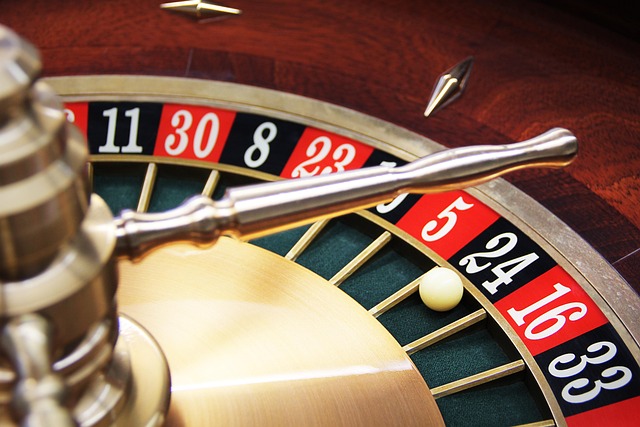American and European Roulette: What’s the difference?
Roulette is a classic casino game with a rich history. The game originated in France in the 17th century and has since evolved into two main versions known today as American and European Roulette.
Nowadays, you can play these core variations of Roulette and more, at an online casino site, with live casino Roulette games ensuring the classic remains a staple in the casino industry.
A brief history
Roulette, which means “little wheel” in French, combines elements of several existing games, including the Italian game Biribi and the English games Roly-Poly and Even-Odd.
The primitive version of the Roulette wheel was developed by Blaise Pascal in 1655, but by the end of the 18th century, Roulette had become popular in France. This was all thanks to a single-zero wheel which was introduced by French siblings François and Louis Blanc in the 1840s, lowering the house edge from that of the double-zero wheel.
The game spread across Europe and America, where different adaptations led to the versions we know today as European and American Roulette. European Roulette, featuring a single-zero wheel, became the standard in European casinos. Meanwhile, American casinos preferred the double-zero wheel, which later became known as American Roulette.
The key differences between American and European Roulette
The primary differences between American and European Roulette are found in the wheel layout and the house edge. Here’s a detailed look at these differences:
Wheel layout
European Roulette: The European wheel has 37 slots numbered from 0 to 36. There is only one green slot for zero.
American Roulette: The American wheel has 38 slots numbered from 0 to 36, including an additional green slot for double zero (00).
House edge
European Roulette: With a single zero, the house edge in European Roulette is approximately 2.7%.
American Roulette: The inclusion of the double zero increases the house edge to about 5.26%.
Gameplay and betting options
While the basic gameplay and betting options are similar in both versions, the presence of the double zero in American Roulette slightly alters the odds and payouts for some bets. For example, in European Roulette, a bet on a single number (straight-up bet) pays 35 to one, with a one in 37 chance of the ball landing in your chosen numbered pocket. In American Roulette, the same bet also pays 35 to 1, but the chance of the ball landing in your chosen pocket is one in 38.
Online and live casino Roulette
Modern technology has enabled the classic game to stand the test of time, allowing you to try your chances online.
Not only can you play digital versions of European and American Roulette, but there are themed variations of the classic game you could try.
But that’s not all; live dealer Roulette enables you to try your chances at Roulette games streamed in high definition in real-time, replicating physical casino gameplay.
To play Roulette at a live casino, you first need to choose a reputable online casino that offers live dealer games. Once registered, navigate to the live casino section and select your preferred version of Roulette. Ensure you understand the rules and betting options before playing.
By understanding the key differences between American and European Roulette, you can choose the variation of the game that best suits your bankroll and betting preferences, no matter how you decide to play. Perhaps you’ll even look out for French Roulette – played on a European wheel with rules that have the potential to lower the house edge even further!

